Eggplants, with their glossy purple skin and rich flavor, are one of the most rewarding vegetables to grow. But did you know that the secret to getting a constant, abundant harvest all year round lies not in the fertilizer or variety—but in the watering method you use? Yes, with the right watering technique, your eggplant plants can stay healthy, vigorous, and fruit-bearing season after season.
In this detailed guide, we’ll explore how this simple yet highly effective watering method can transform your eggplant garden into a year-round producer, along with tips on soil preparation, maintenance, and maximizing yield.
Why Watering Matters So Much for Eggplants
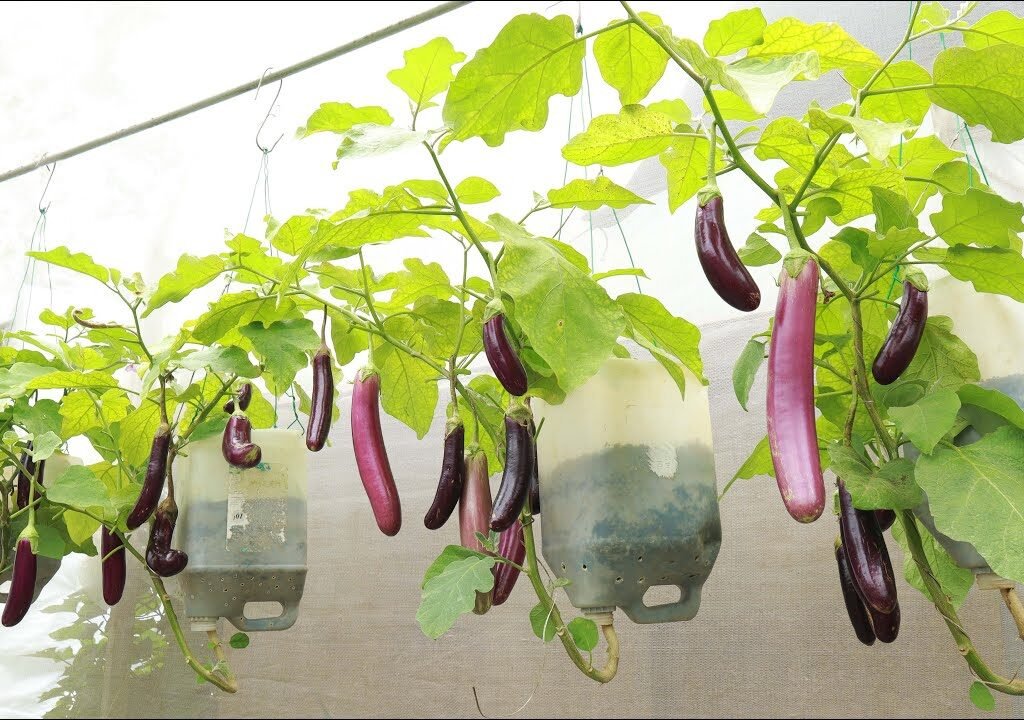
Eggplants are heat-loving, deep-rooted plants that thrive in consistently moist but not soggy soil. Many gardeners unknowingly water them incorrectly—either too much, too little, or too frequently at the wrong time of day.
When you get the watering just right, several incredible things happen:
- The roots grow deep and strong.
- The plant develops thick foliage to support heavy fruits.
- Fruit production remains steady even during hot or dry seasons.
- The plants are less prone to diseases like root rot or wilt.
Proper watering can literally mean the difference between a few small eggplants and a bountiful year-round harvest.
The Secret Watering Method for Year-Round Eggplant Harvests
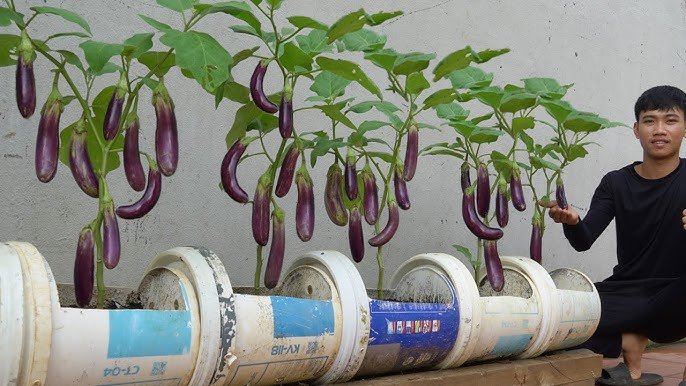
This proven method focuses on deep, consistent watering combined with smart moisture retention techniques.
Step 1: Set Up a Deep Watering System
Instead of surface watering, use a drip irrigation line, a buried plastic bottle, or a slow-release watering pipe near the base of each plant.
- How to make it:
Take a used plastic bottle, poke small holes near its bottom, and bury it halfway beside your eggplant. When you fill it with water, it slowly releases moisture directly to the roots where the plant needs it most. - Why it works:
This ensures the roots stay consistently hydrated without surface evaporation or overwatering. Deep watering also encourages root growth deeper into the soil, which helps plants withstand heat and drought.
Step 2: Water at the Right Time
Always water in the early morning or late afternoon.
This allows the water to soak deeply before the sun evaporates it. Avoid watering at night—wet leaves at night can invite fungal diseases.
Step 3: Monitor Moisture Levels
Before watering again, check the soil about 2–3 inches deep. If it feels dry, it’s time to water.
Avoid watering on a fixed schedule—let the plants and soil tell you what they need.
Step 4: Mulch to Lock in Moisture
Cover the soil around the base of the plants with organic mulch such as straw, dried grass, leaves, or coconut husk. Mulching can reduce evaporation by up to 70%, keeping the roots cool and moist even on hot days.
Step 5: Add Nutrients through the Water
You can mix a mild organic liquid fertilizer—such as compost tea, banana peel water, or diluted fish emulsion—into your watering routine every 10–15 days.
This not only hydrates the plants but also nourishes them, ensuring continuous flowering and fruiting.
Bonus: Self-Watering Eggplant Containers
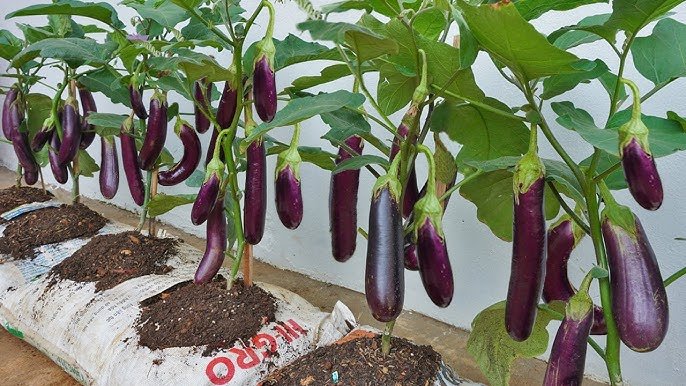
If you grow eggplants in pots, consider self-watering containers.
These have a water reservoir at the bottom, which provides steady moisture to the roots via capillary action. It prevents the soil from drying out too quickly and eliminates the guesswork of when to water.
You can make your own self-watering system by:
- Using a bucket-in-bucket design (inner bucket with holes, outer one as a reservoir).
- Adding a cotton or fabric wick between the water and the soil to draw moisture upward.
This system ensures your eggplants never go thirsty—even when you forget to water!
Best Conditions for Eggplant Growth
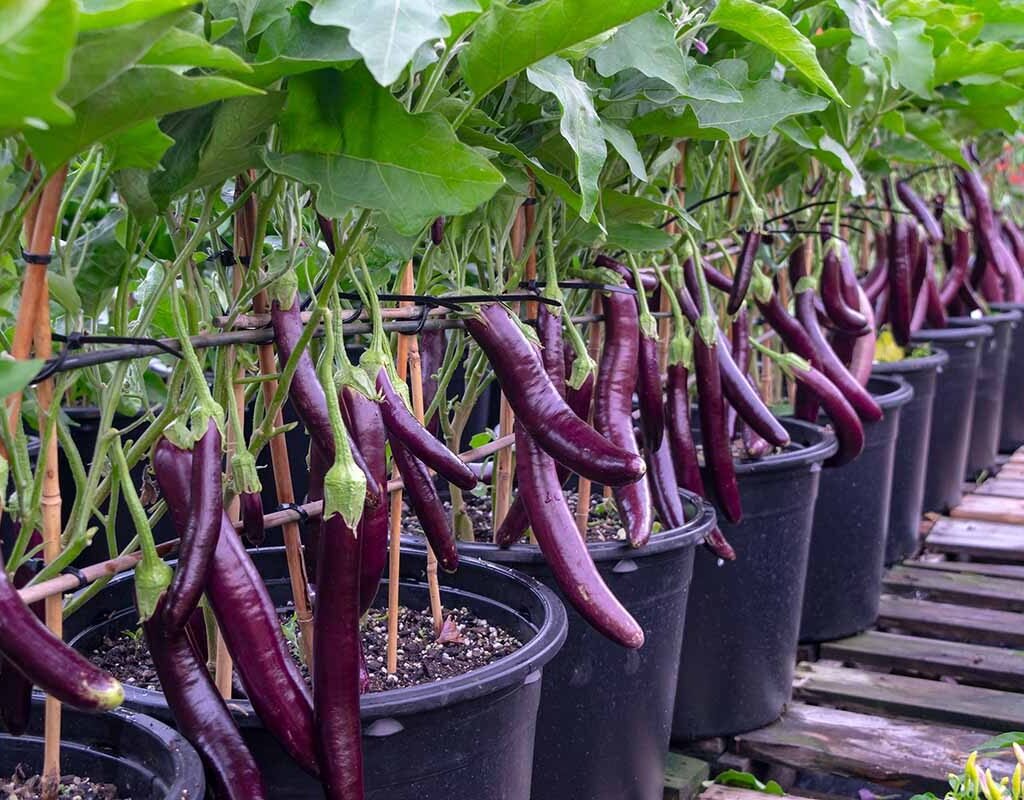
Watering alone won’t guarantee year-round fruiting unless other growing conditions are optimized. Here’s how to create a thriving environment:
1. Soil Requirements
Eggplants prefer well-draining, fertile soil rich in organic matter. A pH level between 5.5 and 7.0 is ideal.
Mix compost or aged manure into the soil before planting to boost fertility and improve structure.
2. Sunlight
Ensure your eggplants receive at least 6–8 hours of full sunlight daily.
If you’re growing them indoors or in partial shade, supplement with LED grow lights to maintain steady growth.
3. Temperature
Eggplants are tropical by nature—they thrive in temperatures between 25–35°C (77–95°F).
Protect them from frost or prolonged cold. In cooler months, you can use greenhouse covers, plastic tunnels, or warm microclimates near walls.
Encouraging Continuous Flowering and Fruiting
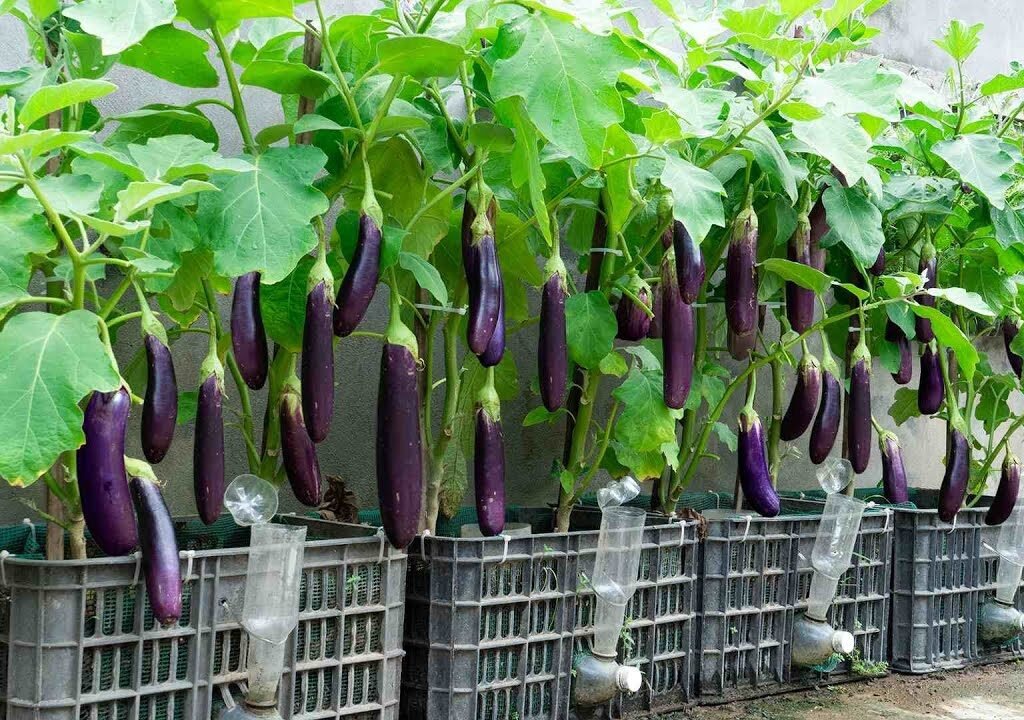
Even with perfect watering, eggplants need encouragement to flower and fruit consistently. Here are the gardener’s secrets:
1. Prune Regularly
Trim off yellow leaves and old branches to encourage new growth and airflow. Pruning helps the plant focus its energy on producing flowers and fruits.
2. Hand Pollinate
In areas with few pollinators, gently shake the flowers or use a small brush to transfer pollen between blooms. This boosts fruit set dramatically.
3. Fertilize Lightly but Often
A balanced organic fertilizer with nitrogen, phosphorus, and potassium in equal ratios (like 10-10-10) supports flowering and fruiting cycles. Alternate between compost tea and seaweed extract for best results.
4. Harvest Frequently
The more you harvest, the more your plants will produce! Picking eggplants while they’re still glossy and firm signals the plant to generate more fruits.
Seasonal Adjustments for Year-Round Growth
To keep eggplants bearing fruits all year long, you need to adjust care slightly depending on the season.
In Summer:
- Water early morning and evening if temperatures exceed 35°C.
- Add a thick layer of mulch to reduce soil heat.
- Provide light shade during peak afternoon sun if leaves wilt.
In Monsoon:
- Ensure excellent drainage—too much rain can cause root rot.
- Add organic fungicides like neem oil or garlic spray to prevent fungal infections.
In Winter:
- Use greenhouses, plastic covers, or grow indoors in containers near windows.
- Reduce watering frequency but maintain deep watering to avoid drying.
- Apply compost around the root zone as an insulating layer.
Regenerating Soil for Long-Term Productivity
Continuous fruiting can deplete the soil. To maintain fertility:
- After each harvest cycle, add compost or well-rotted manure.
- Grow nitrogen-fixing cover crops (like beans or peas) between eggplant seasons.
- Rotate crops every year if growing in the ground to prevent pest buildup.
Healthy soil = healthy plants = consistent harvests.
Harvesting and Storing Eggplants
Eggplants should be harvested when:
- Their skin is shiny and firm.
- They slightly spring back when pressed.
- Seeds inside are small and white.
Cut them off with scissors or a knife, leaving a small stem attached.
To store, keep them in a cool, dark place or refrigerate in a breathable bag. Avoid moisture build-up to extend shelf life.
Final Thoughts: Grow Once, Harvest Forever
By using this simple deep watering method, you can transform your eggplant garden from a seasonal producer into a year-round abundance hub.
It’s sustainable, easy, and highly effective—saving water, improving soil health, and ensuring your plants are always nourished and thriving.
So, whether you grow them in containers, backyard beds, or vertical systems—remember, consistent deep watering is the secret to endless eggplant harvests.
Start applying this method today, and soon you’ll be enjoying baskets full of fresh, homegrown eggplants all year long!
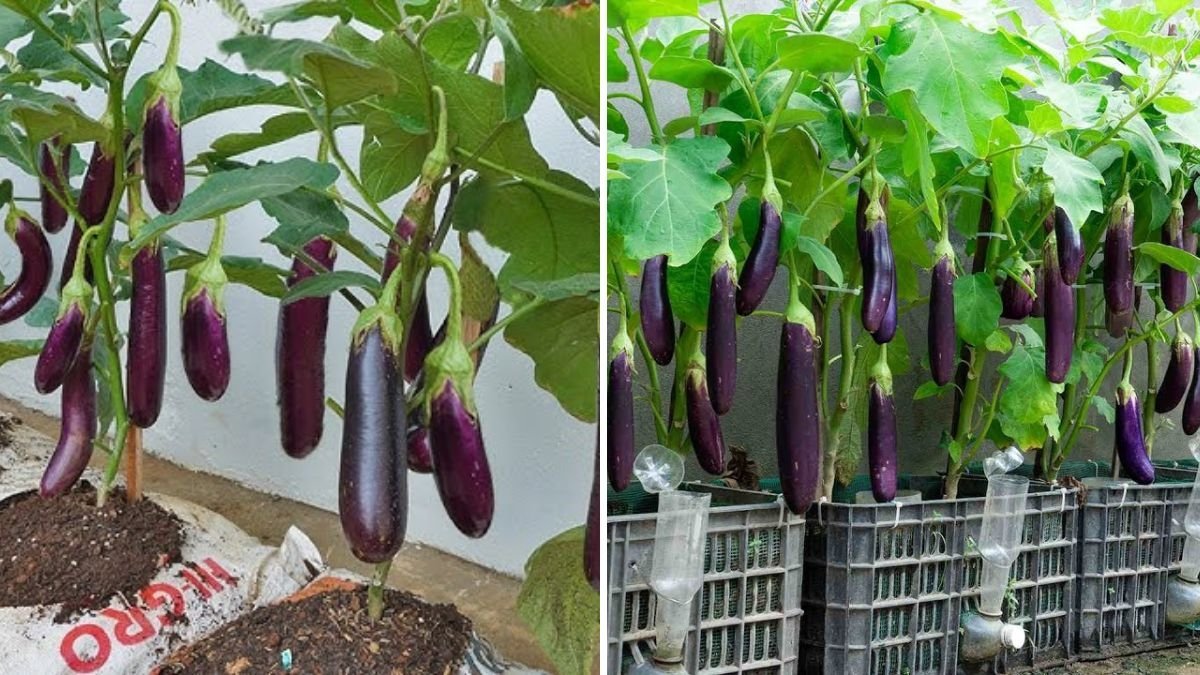
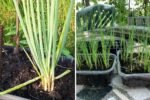

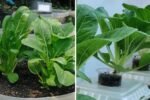
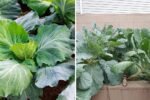
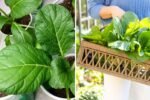
Leave A Comment